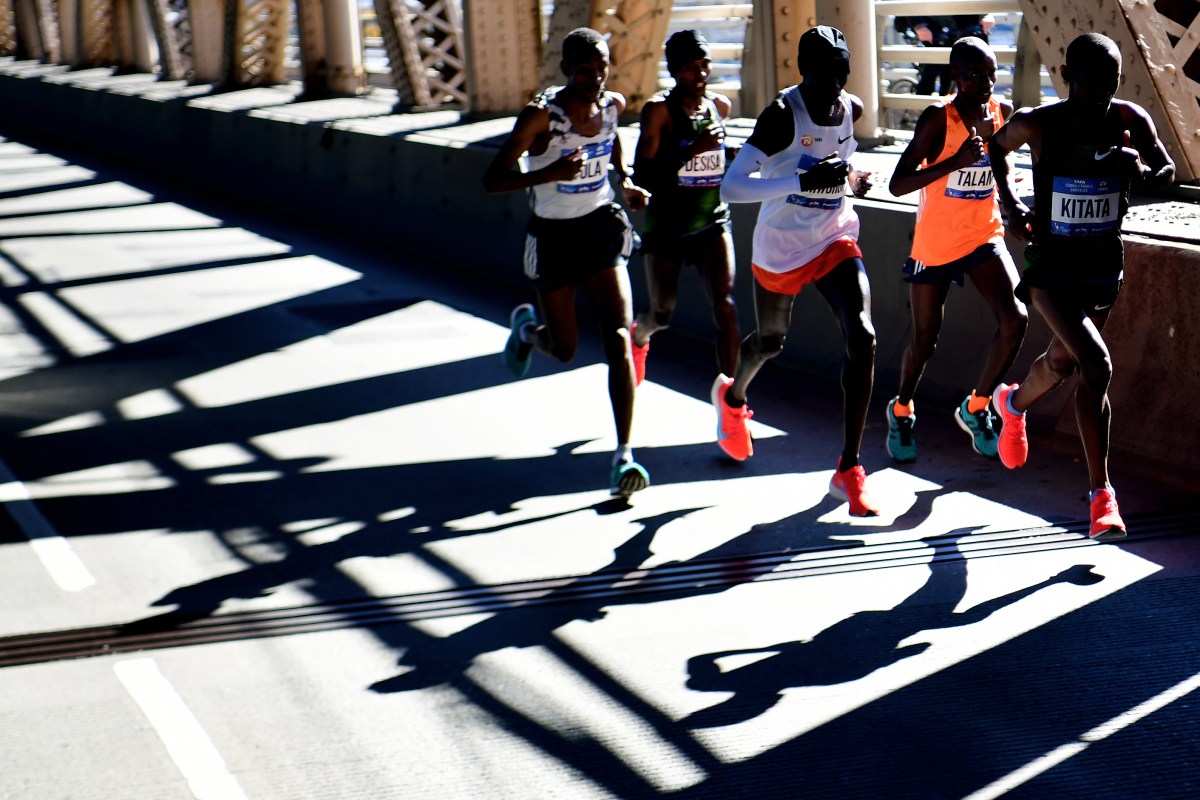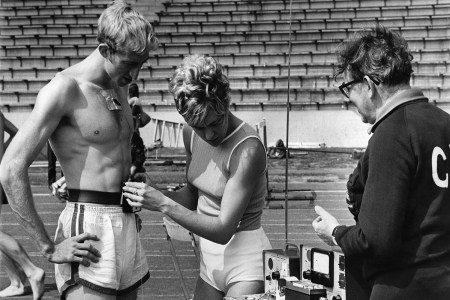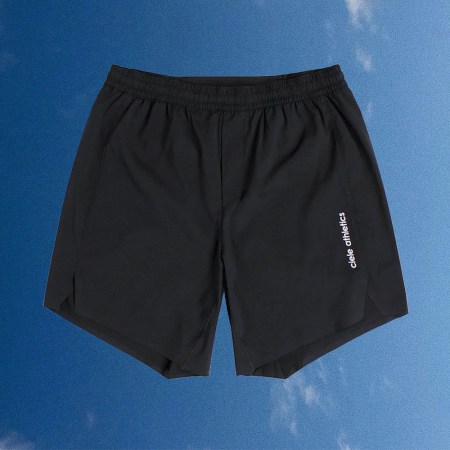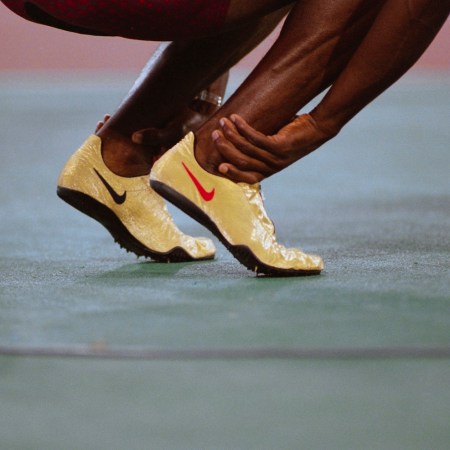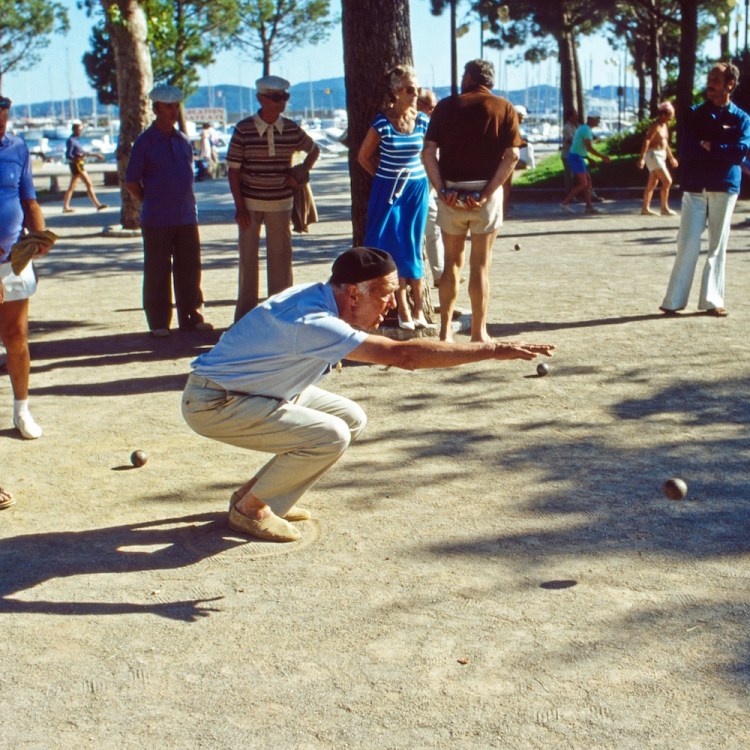In his book What I Talk About When I Talk About Running, author and marathoner Haruki Murakami reflects, “In long-distance running, the only opponent you have to beat is yourself, the way you used to be.”
In races, runners are often motivated by the thumping footsteps of our former selves, as we attempt to best our most familiar competitor. Getting faster is perhaps the sport’s central goal. To that end, typical training plans include speedwork, or intervals run at different paces, measured by a watch. But using pace in order to gauge one’s intervals is an imperfect science.
“Focusing on pace can cause overtraining,” explains Andres De La Cruz, D.C., a running coach based in Pasadena. “Sometimes people aim for 5K race pace, and use their personal best as their workout pace, when they aren’t in 5K PR shape.”
A safer and more effective way of training, according to De La Cruz, is to use heart rate zones, rather than speed, to determine one’s intervals.
“Focusing on heart rate can help keep the pace honest with your current fitness and prevent injury or overtraining,” he explains. Shifting the focus from from pace to heart rate also helps account for factors like heat or steep hills, which will make a run substantially harder at any given pace.
How to Lower Your Resting Heart Rate Below 60 BPM
Make like an elite athlete and slow down your tickerKnow Your Zones
Heart rate zones refer to five different ranges of beats per minute (bpm), which are calculated according to a person’s maximum heart rate. A good rule of thumb for determining your maximum heart rate is to subtract your age from the number 220. So a 35-year-old would have a top rate of 185 bpm. (If you use an Apple Watch, these zones may have already been determined for you, based on your fitness data.) Zones are calculated as a percentage of this rate as follows:
- Zone 1: 55-65% of max
- Zone 2: 65-75% of max
- Zone 3: 80-85% of max
- Zone 4: 85-88% of max
- Zone 5: 90% of max and above
“Training in different heart rate zones will make you a more efficient runner, as it will allow your body to use less energy to run at a certain speed,” says De La Cruz. It also helps dial in your speed by training your body to perform best in a variety of physiological states.
“We have different energy systems when it comes to exercising, and it is important to train in different heart rate zones, so that we can train these different systems,” he says. “If we only do easy running, then we will only be training one energy system, while ignoring the others.”
Switching Gears
Moving from one energy system to another helps teach the body to tire less quickly. This has to do with a phenomenon called the lactic acid threshold. Lactic acid is a chemical that fuels us during exercise by breaking down glucose in our blood stream.
“Your lactate threshold is the speed at which your body gets rid of the same amount of lactic acid that you are creating, thus netting zero,” explains De La Cruz. “Once you go faster than your lactate threshold, your body will start to fatigue, since you will be accumulating lactic acid.”
“If you only train in Zone 1, then you won’t see much improvement in your lactate threshold or anaerobic speed,” he says. “Training in Zones 3 and 4 helps improve your lactate threshold, while improving your ability to get rid of lactic acid as you run. This allows you to run further and faster with less fatigue.”
Though working in higher zones can be an essential component to improved running economy, De La Cruz cautions that most running should be done in Zones 1 and 2. The benefits of easy runs are substantial. “They promote physiological benefits, which build a solid base from which higher intensity training can be performed,” he says. “Easy running makes your body more efficient at sending blood to the necessary muscles, increasing your ability to process the oxygen that is being delivered to these muscles.” Some runs, like recovery runs, can be done entirely in Zones 1 and 2.
Meanwhile, intervals in the higher zones can be very beneficial for those training for distance races — like a half marathon or longer. Incorporating Zone 3, 4 and 5 intervals into long training runs pays off on race day, because, as De La Cruz explains, “You’ll teach your body how to continue to run while being fatigued. This allows it to adapt, so when it comes to race day, you’ll have less of a likelihood of hitting that wall.”
Follow Your Heart
When setting an interval training plan, it’s good to remember that you’ll still spend a substantial amount of time in the lowest zones. By design, it will be extremely difficult to maintain a run at the higher zones for longer periods of time. The higher the zone you do an interval in, the longer your body will need to recover at a lower zone before you start the next rep.
“If you are doing one-mile repeats at 90% max heart rate, you may need two to three minutes to recovery fully,” says De La Cruz. “At 80% max heart rate, you’ll probably only need one minute to fully recover.”
The actual amount of time you spend in each zone will vary based on the distance you’re running. De La Cruz outlined general guidelines for the maximum time that should be spent in any given heart rate zone during a single training session:
- Zone 1: 20-160 minutes
- Zone 2: 40-80 minutes
- Zone 3: 10-40 minutes
- Zone 4: 2-10 minutes
- Zone 5: 0-2 minutes
Using this heart rate technique requires, of course, a heart rate monitor. Most smartwatches or running watches come with this installed, and it’s important that you follow the manufacturer’s instructions on fit in order to get an accurate reading. In the event that you don’t already have a solid monitor…well, let’s be honest, the only thing runners enjoy more than PRing is an excuse to buy more gear.
Whether you’re looking to get into shape, or just get out of a funk, The Charge has got you covered. Sign up for our new wellness newsletter today.
